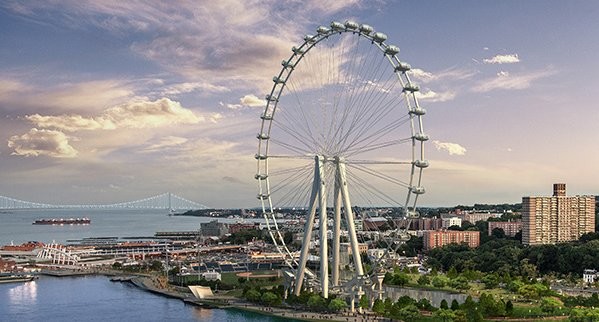
13 Jul Staten Island’s Real Estate Boom Will be Something to Remember
“Where were you when….?” is a common question when marking life events. Questions like, “Where were you when Sully landed his plane in the Hudson?” or “Where were you when the Cubs won the World Series?” have been asked and answered many times. In the coming years, real estate investors will ask the question, “Where were you when the rest of the world discovered Staten Island?”
In recent years, the spotlight has been shining on New York City’s outer boroughs. Large scale projects such as Urby Staten Island and Queens West, helped real estate investors realize that the 718 area codes can attract sophisticated residents who have the resources and desire to pay market rate rents as long as they have access to public transportation; a booming nightlife and the ability to get into Manhattan within 45 minutes. It was that realization that led to Williamsburg, Park Slope, Cobble Hill, Ridgewood, Crown Heights and East Harlem becoming the hot new neighborhoods where people want to live.
Investors who were in these emerging neighborhoods early report that access to public transportation, attractive existing architecture, rising real estate values and rezoning are key components to look for when trying to assess which New York City neighborhood will become the next “hot place to live”.
Using that criteria, it’s no surprise that St. George, Tompkinsville and Stapleton have become attractive neighborhoods for investors. They all have access to the ferry and the Staten Island railroad, attractive, existing architecture and each have either been rezoned or are about to be rezoned.
But the north shore isn’t the only area on Staten Island where investors will find the components for an “it” neighborhood. If you hop off the ferry and hop onto the Staten Island railroad heading inland, you will arrive at stations located in charming town centers that are bustling with activity. Clifton, Old Town, Dongan Hills, New Dorp, Grant City, Bay Terrace, Oakwood Heights, Great Kills and Eltingville are railroad stops surrounded by quaint, low rise, mixed use buildings, low rise apartment buildings and single family homes.
Quaint restaurants and shops are only steps away from these railroad stops, providing riders the ability to have a bite to eat or do a bit of shopping before heading to their final destination. Rental units surrounding these railroad stops are perfect for young professionals working in Manhattan or parents of first time home buyers who want to be near their children but don’t want to purchase their own home. For Staten Island newcomers who don’t own a car or who prefer not to drive, apartments located near these stops are attractive because it affords them the opportunity to live in New York City’s greenest borough without having to give up their Metro card.
As residents of the other boroughs and tourists begin exploring Staten Island beyond the ferry, the railroad will be their most likely choice of public transportation because it is easily accessed from the ferry and is timed to meet the arriving and departing boats. The twenty minute train ride from St. George to Tottenville (or visa versa), is peaceful and scenic. For those wishing to travel to the east or west shores, the railroad connects with MTA buses right in front of each station.
Interesting architecture, access to public transportation and rising property values can all be found within the towns surrounding Staten Island’s railroad stops. So if you are considering an investment in Staten Island real estate, venture beyond the St. George Ferry Terminal and take a ride on the railroad. You just may discover New York City’s next hot neighborhood.
Where will you be when these towns become the next “it” neighborhoods?
